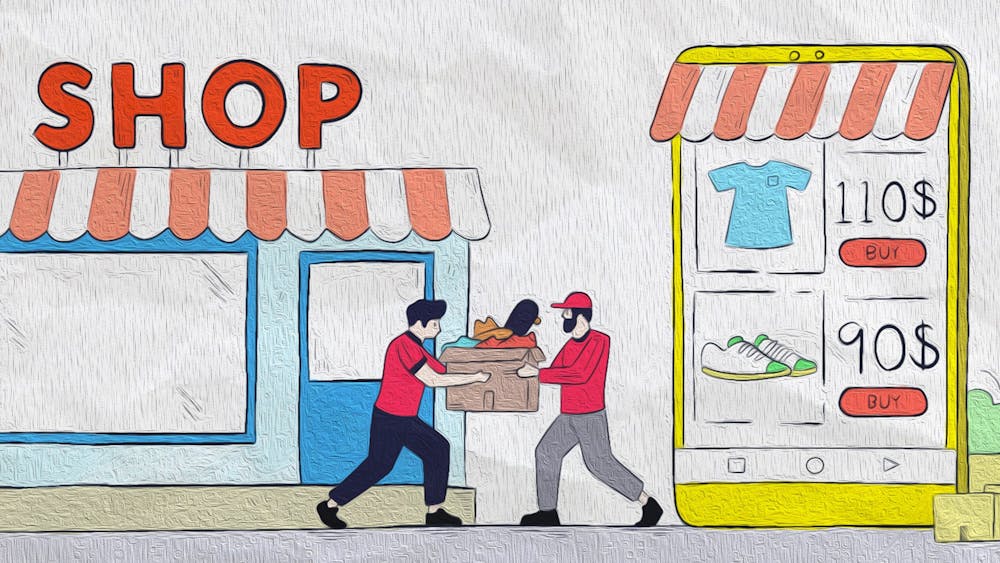It’s the week before date night and you’re in desperate need of a new outfit. You and your friends are all anxiously scrolling through the trendy retail sites, looking for the perfect dress, but there’s no luck. After a while, they all start to look the same—the sequins, the velvet deep green cowl neck, the black mesh sleeves. I’ve fallen victim to the same cyclical state before, but more often than not, I find myself considering if I should simply compromise for one of the hundreds of repetitive dresses on display at a Zara, Windsor, or Urban Outfitters. It’s quick and easy. Frankly, sometimes there seems to be no other choice and you feel the need to settle for fast fashion.
In this generation of quick news and attention to jarring issues, everyone is aware of fast fashion as a global phenomenon, its consequences, and why you should avoid it. Its high CO2 consumption rates, lack of recycling and clothing utilization, discarding of massive clothing waste, and production of 0.5 million tons of microplastics are just a few of the concerning statistics which are prevalently headlined in the media. And while we’re routinely presented with these facts, we're also urged to shift away from the sphere of fast fashion and are encouraged to shop sustainably.
While this is certainly the most beneficial route to take in terms of economical and sociological improvement, it's not entirely possible to ditch fast fashion altogether in an industry that upholds it. As college students, the most sustainable brands can seem financially out of reach, creating a universal inner conflict when we resort to buying a stunning patterned top at an H&M instead of spending hours thrifting and following resellers on Poshmark and Depop, or spending much out of our budgets for one at a store with a more ethical means of production—especially if you’re functioning with the standard $14/hour for 20 hours a week college wage.
Similar to how some internet search engines have been transformed to promote environmental growth, we’ve seen a similar shift through the introduction of apps and online platforms that are working to grant more ethical shopping. For example, Good On You is a website, supported by internationally–acclaimed ethical fashion pioneers like Emma Watson, that works to rate brands on their commitment to a sustainable future in fashion. They utilize a scale, ranging from a frowning face to a wide smile, to demonstrate how brands impact people, animals, and the planet.
While websites like this can be helpful, quantifying a brand on a scale is not enough to highlight how a brand is doing in terms of sustainability, and also doesn’t provide enough transparency for consumers like us. While a three–click online space can be efficient in providing more information on a brand, it's much more efficient for us to do our own research and develop a system that works for us. Little steps like these, while fully considering the issues that matter to us and the planet, can help us assess the fast–fashion guilt while taking steps towards ethical consumption.
This isn't to say that we shouldn't try our hardest to maintain ethical standards of consumption. But the point is that there are ways to deal with this inner fashion culpability we college students often battle. If you absolutely need to buy a fast–fashion item, make sure it's more than a one–and–done piece, i.e. don’t throw it away after date night, but sell it or upcycle it instead.
There are several alternative efforts you can get involved in to bolster sustainability, but the main notion is that you're still putting in an effort to become more environmentally conscious even if you haven’t completely mastered it; that effort is half the battle. Try not to punish yourself for slipping up once in a while and rather pat yourself on the back for progressing towards even the slightest shift in sustainability.

